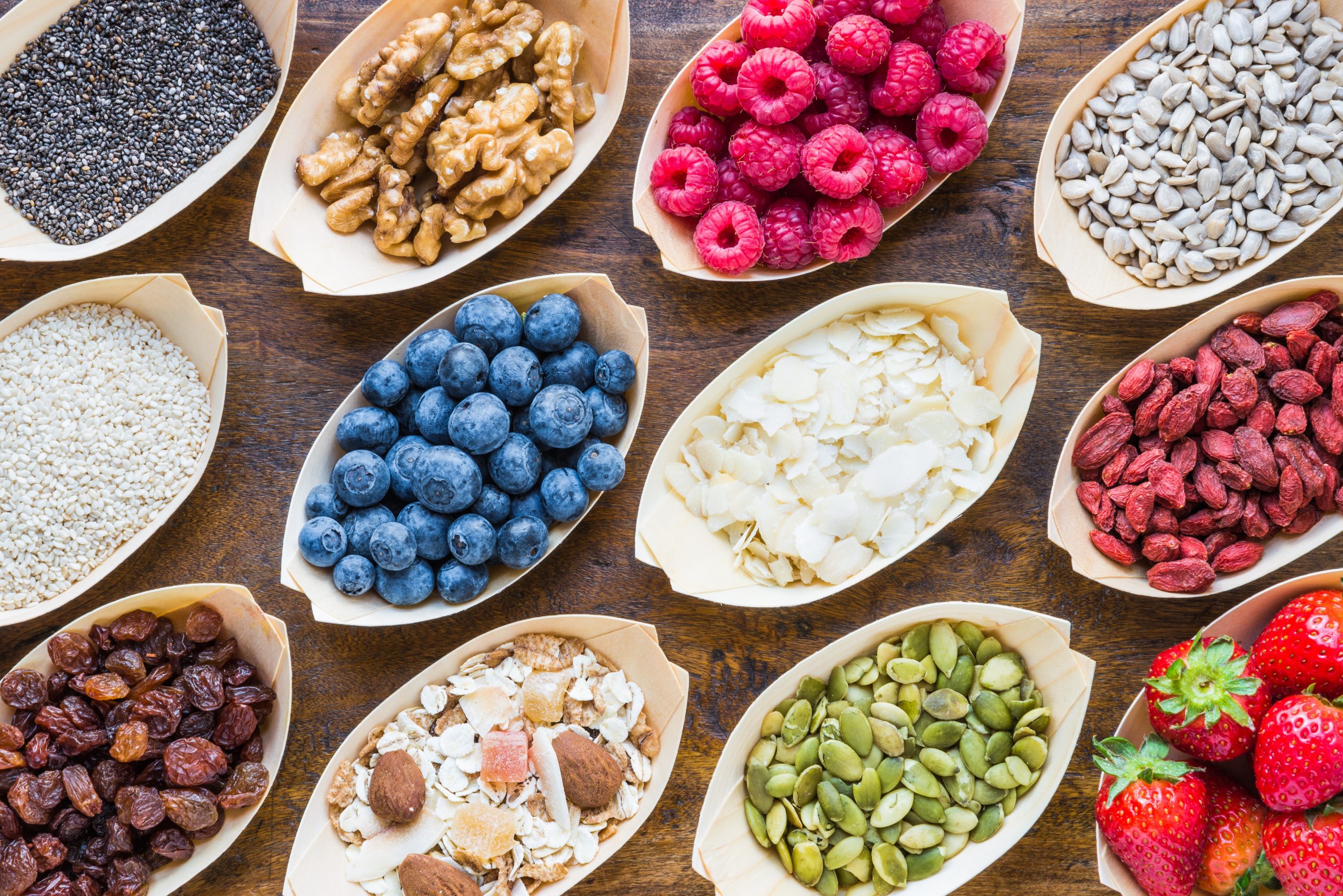Follow us on:

Superfoods: Are They Really Worth the Hype?
You may have come across the term “Superfood” that claims to have amazing health benefits or even healing properties. What exactly is a superfood and is it really worth the hype?
A “Superfood” is a food with high levels of desirable nutrients, and believed to offer several health benefits beyond its nutritional value. Some examples of such foods would be acai berries, spirulina, kale, flaxseed, maca, etc.
For many of the claims made about these “Superfoods”, there is not enough scientific evidence and research to support them. Most only have preliminary research done on animal models or under a microscope. Hence, we cannot assume it would have the same effects on humans.
“Superfoods” are often nutritious. However, the term is commonly used in the food industry as a marketing strategy to drive sales. Without the term, they really are just fruits, vegetables, nuts, seeds, and herbs, or “Functional Foods”.
You may find out what nutrient in the “Superfood” that makes it beneficial. There are other foods with the same nutrients that may be a cheaper alternative with the same health benefits. For example, acai berry is rich in phytonutrients that gives a bright purple colour. Other fruits with those vibrant colours will also contain those phytonutrients, such as blueberries and cranberries.
In conclusion, we can look at these “Superfoods” as a healthy addition to our balanced diet, but do note that there are cheaper alternatives available with the same health benefits. It is also important to not look at these foods as miracle foods as there is not enough evidence to support the claims made. No single food — not even a superfood — can offer all the nutrition, health benefits, and energy we need to nourish ourselves.
